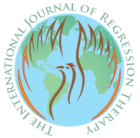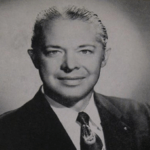Death, Transition, and the Spirit Realms: Insights from Past-Life Therapy and Tibetan Buddhism – Roger J. Woolger (Is.17)
Roger J. Woolger, Ph.D.
 Dr. Roger Woolger here presents the connections he has discovered between the theories of Tibetan Buddhism, as expressed in The Tibetan Book of Living and Dying, and what we find in past-life therapy. An important article that most past-life therapists (and others) will relate to. This article is based on a lecture given at the November 6, 1998 Conference of The Association of Humanistic Psychology (Britain), held at Stoke Rochford Hall, Grantham, Lincolnshire. A shorter version is published in the Spring issue of Self and Society, Journal of the AHP (B).
Dr. Roger Woolger here presents the connections he has discovered between the theories of Tibetan Buddhism, as expressed in The Tibetan Book of Living and Dying, and what we find in past-life therapy. An important article that most past-life therapists (and others) will relate to. This article is based on a lecture given at the November 6, 1998 Conference of The Association of Humanistic Psychology (Britain), held at Stoke Rochford Hall, Grantham, Lincolnshire. A shorter version is published in the Spring issue of Self and Society, Journal of the AHP (B).
He who dies before he dies, does not die when he dies.
Abraham of Santa Clara.
Zen has no other secrets than … Read the rest



